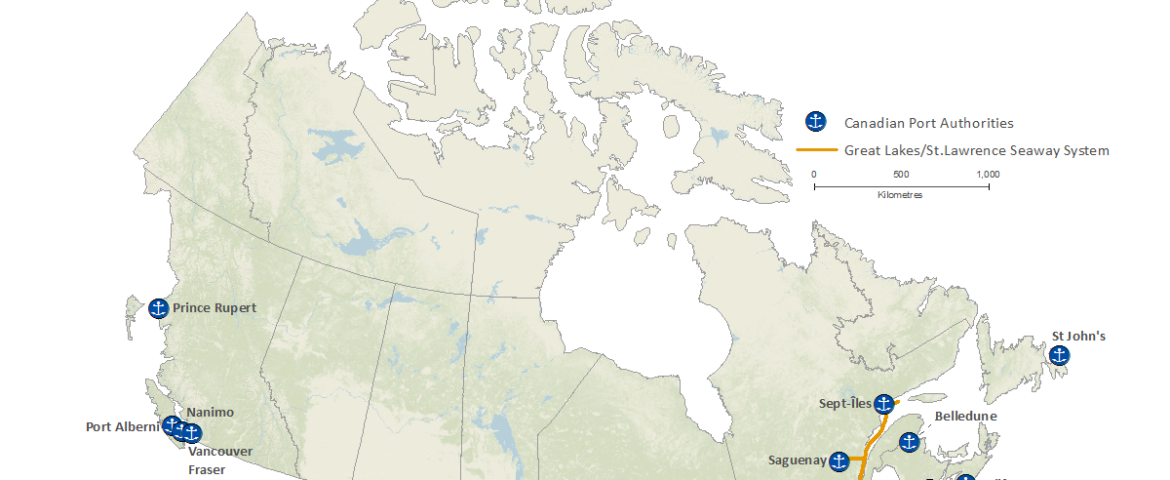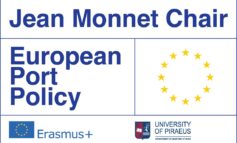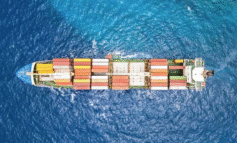First published @theconversation.com
In March, Transport Minister Marc Garneau announced the launch of the Ports Modernization Review, a series of consultations, round-tables and meetings re-examining Canada’s port authority system.
Recent studies of port governance have shown that there is no one right governance model for ports. Last year, my colleagues and I conducted a review of port reform around the globe. We concluded that there are many models that deliver the best port services in terms of trade efficiency and quality of services to customers, while also meeting the social and environmental needs of local communities.
The father of modern port economics, the late Richard O. Goss, examined Canada’s port policy in the early 1980s. He believed that port reform needed to reflect history and geography, the structure of the economy and the behavioural preferences of local businesses and citizens.
In other words, a diversity of objectives, activities and policies, as proposed in Canada’s Port Modernization Review, can’t work using a “one-size-fits-all” port policy.
Canadian ports a model for the world in ‘98
Canada’s port reform efforts in the 1990s were considered by many as an innovative model for others to follow. A set of principles in the 1995 National Marine Policy guided Canada’s approach to port governance.
The policy helped identify the 18 ports that could be commercialized but retained as federal agencies (Canada Port Authorities or CPAs), the 21 remote ports like Bella Bella, B.C. and Québec’s Cap-aux-Meules that put demands on Transport Canada, and the remainder that could be transferred to local communities under the Port Asset Transfer Programor demolished. This classification was partly executed through the Canada Marine Act of 1998.
But it’s now time to question why there are so many CPAs. Only six ports generate 88 per cent of all CPA revenue and 85 per cent of CPA expenditures, leaving 12 CPA ports vulnerable to review.
We need to revisit the policy and remove CPAs that no longer serve a national strategic purpose yet remain eligible to draw on government funding. In 1983, Goss argued that the primary purpose of a port is to ensure trade interests are served. This is clearly the first principle for the government of Canada. If ports are not serving key trade interests and attracting diverse cargo, then they should not be in the CPA club.
Is a private sector solution best?
While the C.D. Howe Institute and the Canada Transportation Act Review of 2015 have proposed a private sector approach will do better, there is no evidence to support that.
Globally, there does not appear to be a relationship between governance models and traffic patterns. The same can be said for Canada. Some CPAs have done well in expanding traffic and serve Canadian trade interests admirably, while others have not. My 2017 study, which focused only on Canadian ports, analyzed growth trajectories for 24 of the largest ports and found 57 per cent had sustained growth while the remainder had stagnant or a steady loss in traffic. Some of the growth ports were not CPAs.
The Port of Savannah, Ga., is an excellent example of how a publicly operated port can deliver greater efficiency through its own employees rather than though terminal leasing and contracted labour. Its container traffic grew by 11 per cent in 2017 and it has the largest compound annual growth rate of any U.S. container port since 2007, while meeting the employment and social needs of its local community.
Canada’s CPA ports need a better governance framework; their governance needs modernization, not their operations. Not only should CPAs meet the best governance practice reporting standards of publicly traded companies, but, as federal agencies, they must be transparent given that they’re responsible to the citizens of Canada and the communities where they’re located.
The current Port Modernization Review wants not just efficient trade gateways, but also ports that are socially and environmentally responsible to their local communities. Currently, Canada’s CPA ports are inconsistent in their financial, social and environmental performance reporting. This implies that a public–private relationship is needed, not a private one focused only on shareholder value.
On the other hand, non-CPA ports in Canada should continue to be able to apply for CPA status. That way, those that are enthusiastic and passionate about serving their customers and seizing opportunities for international gateway business will be encouraged, while those who are complacent will serve — and be accountable to — their local communities as local ports.
How to be best in class
One key to success for ports is quality management working with a responsive, balanced and expert board. For Canadian CPA ports to be best in class, the minister of transport needs to relinquish some measure of control over appointments to port boards.
It’s time to realign incentives, return to principles-based port policies, and to stop rewarding those that are opaque on environmental performance and stakeholder engagement.
Rather than viewing port assets as cash generators for government, the objectives the government has identified as fundamental in its ports review should be supported by an appropriate hybrid governance model for ports with best-in-class governance reporting.
That model should adopt the best private sector practices in terms of financial reporting and decision-making, and the best public sector practices in terms of social and environmental responsiveness. That two-pronged goal could give Canadians the best ports in the world.
Canada is not a densely populated country or one with a large enough population to have the luxury of poorly allocating resources or making generational mistakes. It is not large enough for 18 CPAs. There is insufficient evidence to conclude that privatization is better or will meet the government’s objectives.
The Port Modernization Review should lead to greater clarity of port purpose, less political control through board appointments, and better reporting standards for the citizens of Canada.
First published @theconversation.com













